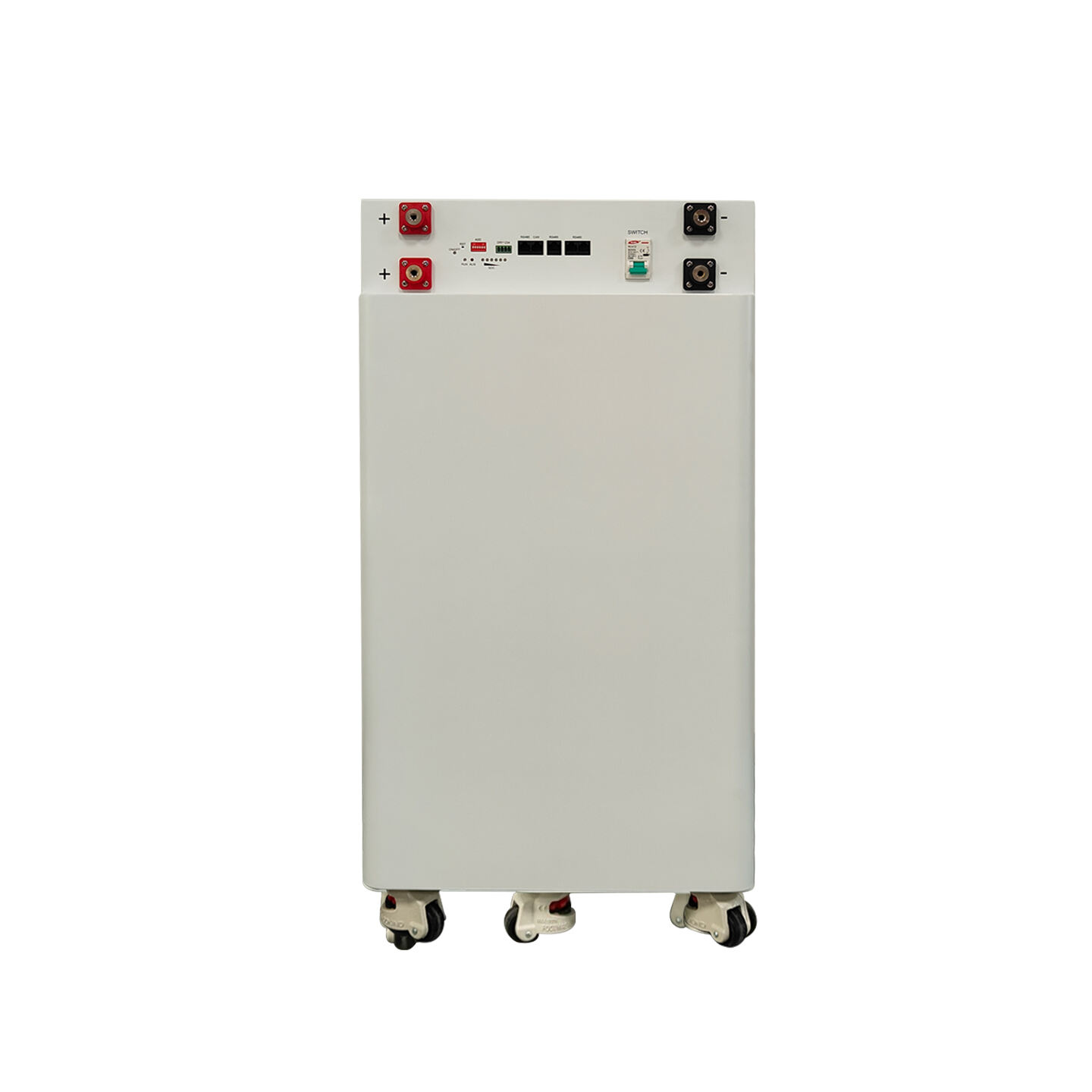The Evolution of Energy Storage: Understanding Modern Lithium Power
The landscape of energy storage has transformed dramatically over the past decade, with lithium battery technology leading the charge toward a more sustainable and efficient future. These powerful energy cells have revolutionized everything from portable electronics to electric vehicles, becoming the backbone of our increasingly mobile and interconnected world. As we approach 2025, the importance and versatility of lithium-based energy storage continue to expand, offering solutions that were once thought impossible.
Today's lithium battery market represents a sophisticated blend of cutting-edge chemistry, engineering innovation, and practical applications. Whether you're a consumer looking to understand your device's power source or an industry professional seeking insights into energy storage solutions, understanding the fundamentals and latest developments in lithium battery technology is crucial for making informed decisions.
Understanding Lithium Battery Chemistry and Components
Core Chemical Composition
At the heart of every lithium battery lies a carefully engineered chemical system. The basic structure includes a positive electrode (cathode), a negative electrode (anode), and an electrolyte that facilitates ion movement between them. The cathode typically contains lithium compounds, while the anode is often made of graphite. This fundamental design enables the efficient storage and release of electrical energy through controlled chemical reactions.
Modern lithium battery variants incorporate different materials to enhance specific performance characteristics. For instance, lithium iron phosphate (LiFePO4) batteries offer exceptional stability and longevity, while lithium cobalt oxide (LiCoO2) provides high energy density perfect for consumer electronics.
Manufacturing Processes and Quality Control
The production of lithium batteries involves precise manufacturing processes and stringent quality control measures. Each component must meet exact specifications to ensure safety and performance. The assembly process takes place in controlled environments to prevent contamination and maintain consistent quality. Advanced automation and testing procedures help manufacturers identify and eliminate potential defects before batteries reach the market.
Quality control extends beyond initial production, with manufacturers implementing comprehensive testing protocols to verify battery performance, safety, and longevity. These tests simulate various usage conditions and stress scenarios to ensure reliable operation throughout the battery's intended lifecycle.
Current Market Applications and Innovations
Consumer Electronics Integration
The consumer electronics sector continues to drive significant innovations in lithium battery technology. Smartphones, laptops, and tablets demand increasingly powerful and efficient energy storage solutions within compact form factors. Manufacturers are developing new cell designs that maximize energy density while minimizing physical size, enabling devices to become thinner and lighter without sacrificing battery life.
Wearable technology presents unique challenges for lithium battery design, requiring ultra-compact solutions that maintain safety and performance. The industry has responded with specialized battery configurations that balance size constraints with adequate power delivery for daily use.
Electric Vehicle Revolution
The automotive industry represents one of the fastest-growing applications for lithium battery technology. Electric vehicle manufacturers are pushing the boundaries of battery performance, seeking solutions that offer greater range, faster charging times, and improved durability. New cell chemistries and pack designs are emerging to meet these demanding requirements.
Advances in thermal management and charging systems are enabling electric vehicles to overcome traditional limitations. Modern lithium battery packs can now support rapid charging while maintaining stable temperatures, addressing key concerns about practicality and convenience in electric transportation.

Cost Analysis and Market Trends
Production Economics
The economics of lithium battery production continue to evolve as manufacturing scales up and technologies mature. Raw material costs, particularly for lithium and other critical minerals, significantly influence overall battery prices. Industry analysts project continued cost reductions through 2025, driven by manufacturing efficiencies and economies of scale.
Investment in production capacity and research development remains strong, with major manufacturers expanding facilities and implementing advanced automation. These investments are expected to further reduce production costs while improving quality and consistency.
Market Competition and Price Dynamics
Intense competition among manufacturers has accelerated innovation while putting downward pressure on prices. New market entrants and established players are vying for market share, leading to rapid technological improvements and cost optimizations. The result is a dynamic marketplace where value proposition becomes increasingly important for differentiation.
Regional variations in manufacturing costs and government policies continue to influence market dynamics. Countries with strong support for clean energy technologies often see faster adoption of lithium battery solutions across various applications.
Environmental Impact and Sustainability
Recycling and Resource Recovery
The environmental implications of lithium battery production and disposal have prompted increased focus on recycling and sustainable practices. Advanced recycling technologies are being developed to recover valuable materials from spent batteries, reducing waste and environmental impact while securing raw material supplies.
Industry leaders are implementing closed-loop systems that incorporate recycled materials into new battery production. These initiatives not only reduce environmental impact but also help stabilize supply chains and control costs.
Sustainable Manufacturing Practices
Manufacturers are adopting cleaner production methods and renewable energy sources to reduce the carbon footprint of battery manufacturing. Innovation in production processes focuses on minimizing waste, reducing energy consumption, and implementing environmentally friendly materials and methods.
The industry's commitment to sustainability extends to packaging and transportation, with companies optimizing logistics to reduce environmental impact throughout the supply chain.
Frequently Asked Questions
How long do lithium batteries typically last?
The lifespan of a lithium battery varies depending on usage patterns and environmental conditions. Most modern lithium batteries maintain 80% or more of their original capacity after 500-1000 charge cycles. In practical terms, this typically translates to 3-5 years of regular use in consumer electronics, and potentially 8-10 years in electric vehicles with proper maintenance.
Are lithium batteries safe for everyday use?
When properly manufactured and used as intended, lithium batteries are very safe. Modern designs incorporate multiple safety features including thermal management systems, pressure relief mechanisms, and protective circuitry. However, it's important to follow manufacturer guidelines for charging and storage to maintain optimal safety.
What factors affect lithium battery performance?
Several key factors influence lithium battery performance, including temperature, charging habits, depth of discharge, and usage patterns. Optimal performance is typically achieved in moderate temperatures (20-25°C), with regular but not excessive charging, and avoiding complete depletion of the battery charge.

